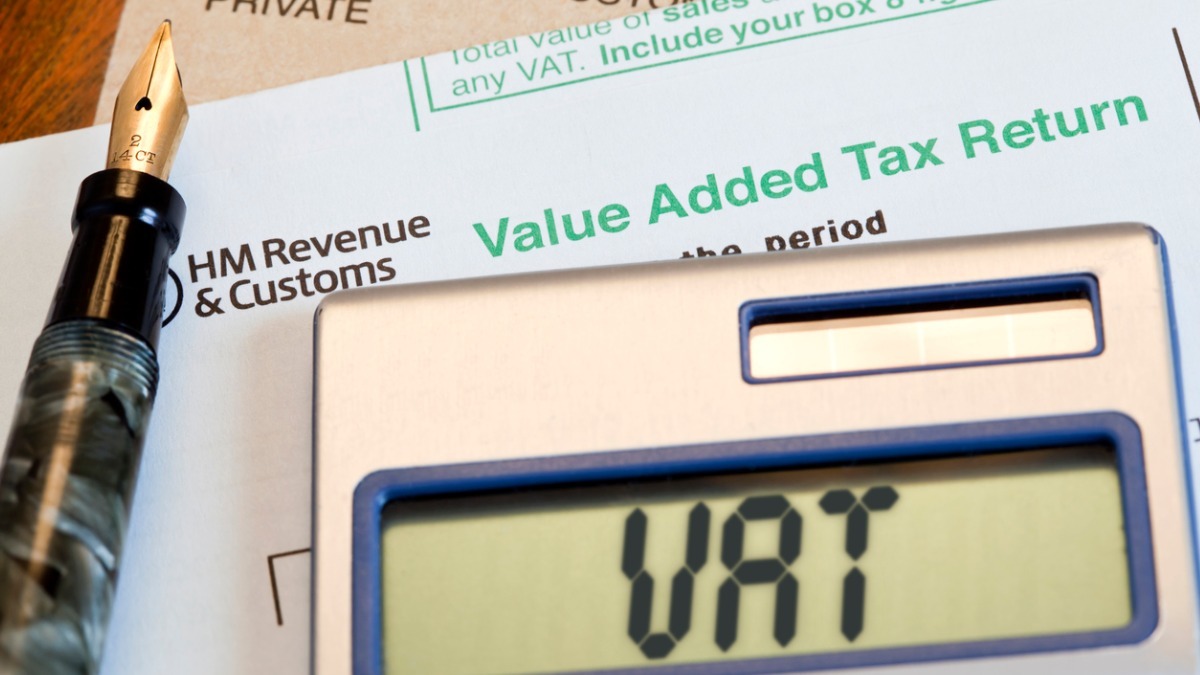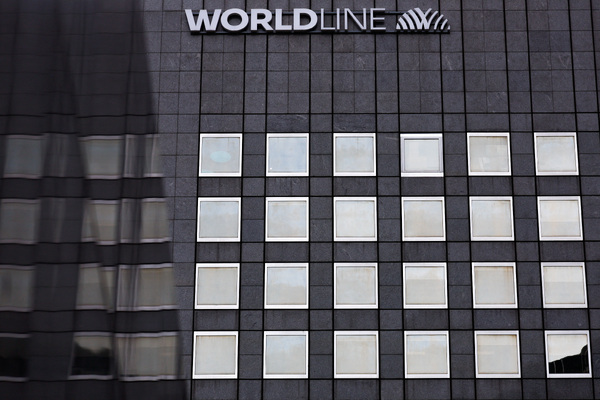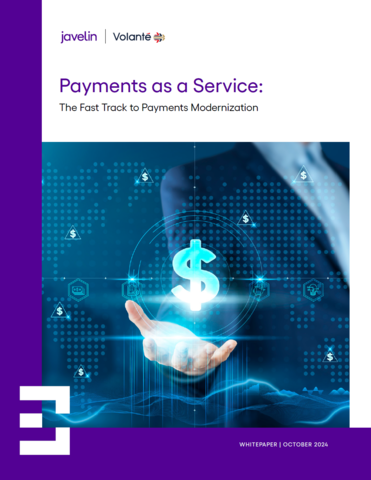How to handle HMRC’s VAT changes in your construction business
Sponsored by Sage
Discover why the VAT reverse charge has come into force and learn about HMRC’s ‘light touch’ to mistakes
New legislation from HMRC means that if your construction business is part of the Construction Industry Scheme (CIS), the way you handle and pay VAT is likely to change.
The VAT domestic reverse charge for building and construction services came into force on 1 March 2021. The mandatory legislation means VAT-registered subcontractors (the supplier) who provide a service plus any related goods to a VAT-registered contractor (the customer) who is CIS-registered doesn’t need to account for the VAT.
Now, the customer has to account for the VAT as an input tax – as if they had made the supply to themselves. It’s important to add that any building and construction materials used to supply the services are included – but this doesn’t apply to materials bought and sold without related services.
Why HMRC has implemented the VAT reverse charge
Fraudulent activity in the construction industry totals millions of pounds each year. The government has rolled out the reverse charge to combat this.
A straightforward way to eradicate subcontractor VAT fraud (also known as carousel fraud) is to remove the option to charge and collect VAT away from the participants. By removing the flow of money, it’s harder to commit fraud.
As the new reverse charge makes it the responsibility of contractors to account for VAT, this reduces the chances of subcontractors ‘disappearing’ without paying the tax to HMRC.
Services and exemptions to be aware of
On the HMRC website, you can find a list of services that the VAT reverse charge applies to. It also highlights a number of exemptions.
According to HMRC, “provided the recipient is VAT-registered and the payments are subject to CIS, it is recommended that the reverse [charge] should apply”.
If you’re unsure whether the new legislation applies to the services your business provides, it’s worth speaking to a VAT specialist, your accountant or HMRC.
A ‘light touch’ to mistakes
With any new legislation, there’s always the possibility of errors creeping in. Therefore, HMRC says in the first six months of the VAT reverse charge’s implementation, it will apply a ‘light touch’ to any innocent mistakes. However, simply ignoring the requirements or making deliberate errors could lead to negative repercussions.
Next steps for your construction business
Make the time now to educate yourself about the VAT reverse charge for building and construction services. Review your processes and make any necessary amends. If you’re a contractor, speak to your subcontractors about the changes (and vice versa if you’re a subcontractor).
Check HMRC’s guidance to ensure your invoices are updated and used correctly. By using good cloud accounting software, such as Sage Accounting, you can ensure you’re up-to-date with your VAT reverse charge requirements.
To find out how you can help your construction business, visit the Sage construction website.
by Tom Ritchie, Product Marketing Manage, Sage

Business Reporter Team
Most Viewed
Winston House, 3rd Floor, Units 306-309, 2-4 Dollis Park, London, N3 1HF
23-29 Hendon Lane, London, N3 1RT
020 8349 4363
© 2024, Lyonsdown Limited. Business Reporter® is a registered trademark of Lyonsdown Ltd. VAT registration number: 830519543





